Magnet production process
1.Weighing of raw material
Rare earth metals, iron, cobalt and other added elements combined in the alloy composition to be produced are weighed. The raw materials are set in a vacuum melting furnace.
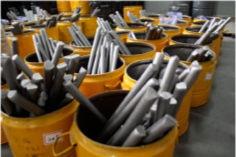
2.Melting
A high frequency is applied to the raw materials in the vacuum melting furnace so that they are melted. After increasing the temperature to obtain a homogeneous alloy, the molten alloy is poured into molds to produce ingo
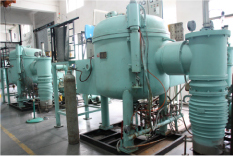
3.Pulverization
The ingots pass through various steps and are pulverized and finally become fine particles with an average particle diameter of around several microns. The pulverization steps are carried out in a protective environment of argon or nitrogen to prevent the oxidation of the particles.

4.Molding in magnetic field
The magnetic powder is press-molded in a mold with a magnetic field applied thereto. As a result, the crystal orientation of the particles follows the direction of the external magnetic field and thus the orientation of the magnetic properties is improved.
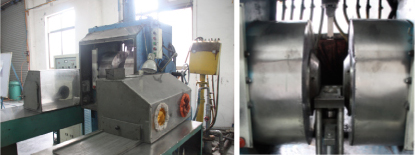
5.Sintering and thermal processing
The press-molded compact undergoes sintering and thermal processing in a vacuum sintering furnace. The compact is baked to a level of concentration approaching a true density. The dimensions of the sintered compact are compressed 70 to 80% of the powder compact and the volume is about half. Thermal processing after the sintering allows the metallic structure of the magnet alloy to be adjusted.

6.Magnet characteristics inspection
The basic magnetic characteristics of the magnet are determined after the sintering and the thermal processing are completed. The magnetic characteristics such as remanence, coercivity, and maximum energy product of the magnet are measured and only magnets that pass the inspection are sent to the next machining and assembly steps.
7.Machining
Rare-earth magnets undergo a large amount of shrinkage during the sintering step and the entire surface of the magnet is grinded or cut in order to remove the oxidation layer on the surface before being finished to meet the desired dimensions.

8.Surface treatment
Magnets undergo surface treatment based on the environment they will be used in. Neodymium magnets are generally prone to rust and so they are subject to nickel plating or coating. Conversely, samarium cobalt magnets exhibit good corrosion resistance and are usually not subject to a surface treatment.

9.Shape and appearance inspection
The dimensions and the appearance of the magnet are inspected after the machining and surface treatment steps. Tests for magnetic characteristics and corrosion resistance are performed in accordance with the product specifications.
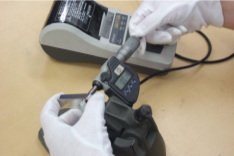
10.Magnetization
Magnetization is performed using a static magnetic field or a pulsed magnetic field.
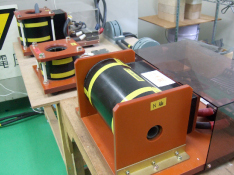
11.Packaging and shipping
Magnets that pass the product inspections are packaged and then shipped.
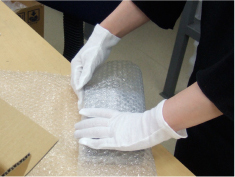

 Discs / Rods
Discs / Rods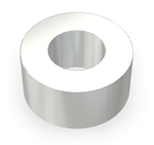 Rings
Rings Arc Segment
Arc Segment Squares
Squares Spheres
Spheres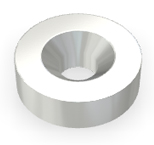 Disc Countersunks
Disc Countersunks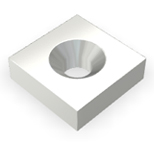 Square Countersunks
Square Countersunks A-Disc Countersunks
A-Disc Countersunks B-Disc Counterboreds
B-Disc Counterboreds C-Thread Male
C-Thread Male D-Thread Female
D-Thread Female E-Hooks
E-Hooks F-Eyelet hook
F-Eyelet hook G-Discs
G-Discs H-Filettatura Interno
H-Filettatura Interno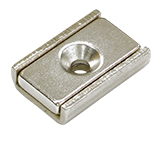 LA-Square Countersunks
LA-Square Countersunks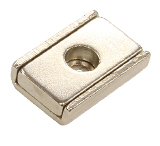 LB-Square Counterboreds
LB-Square Counterboreds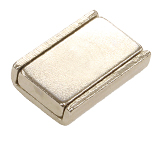 LG-Squares
LG-Squares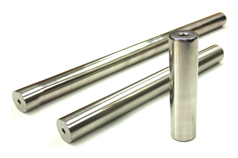 Bar
Bar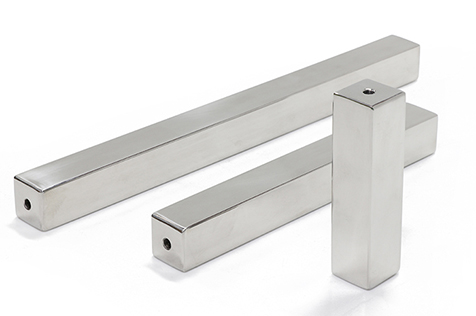 Square
Square Rectangular Filter
Rectangular Filter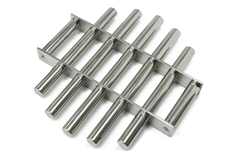 Round Filter
Round Filter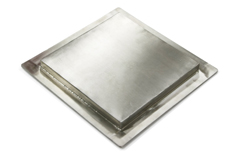 Plate
Plate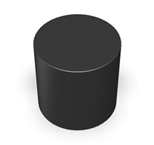 Discs / Rods
Discs / Rods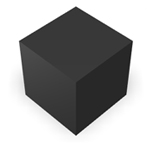 Squares
Squares Discs / Rods
Discs / Rods Rings
Rings Squares
Squares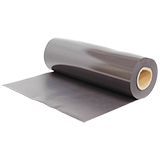 Rubber magnets
Rubber magnets Discs / Rods
Discs / Rods Squares
Squares